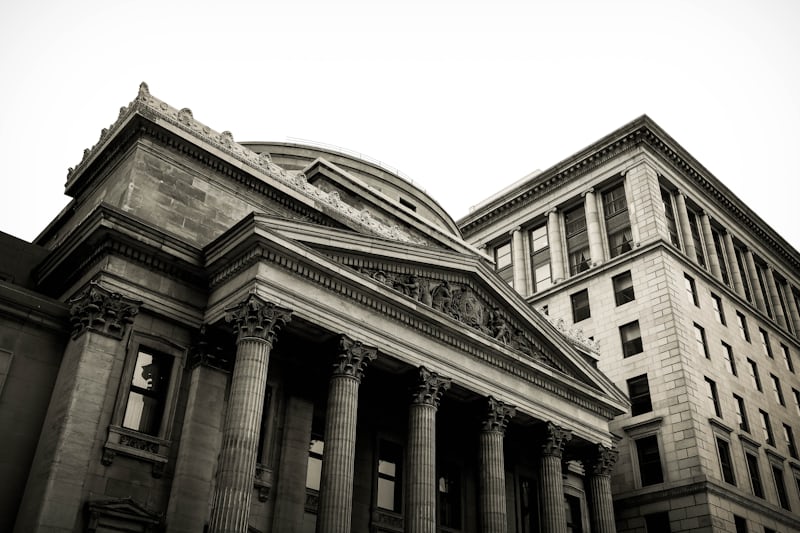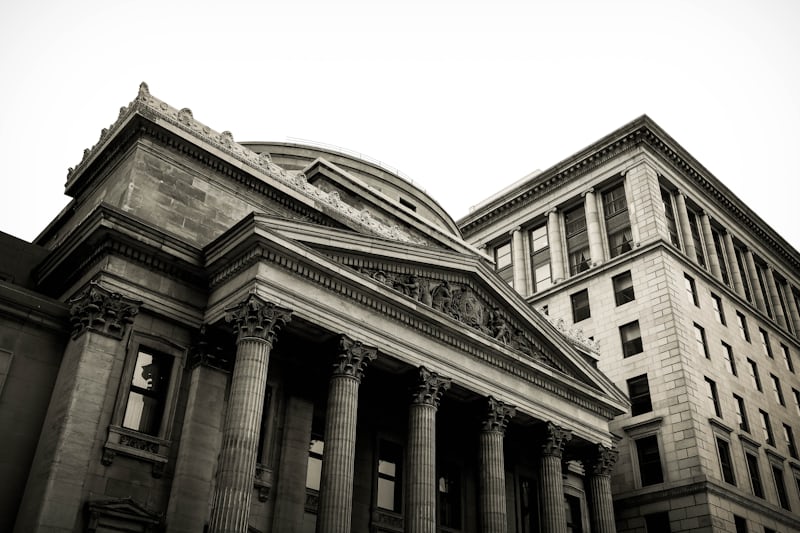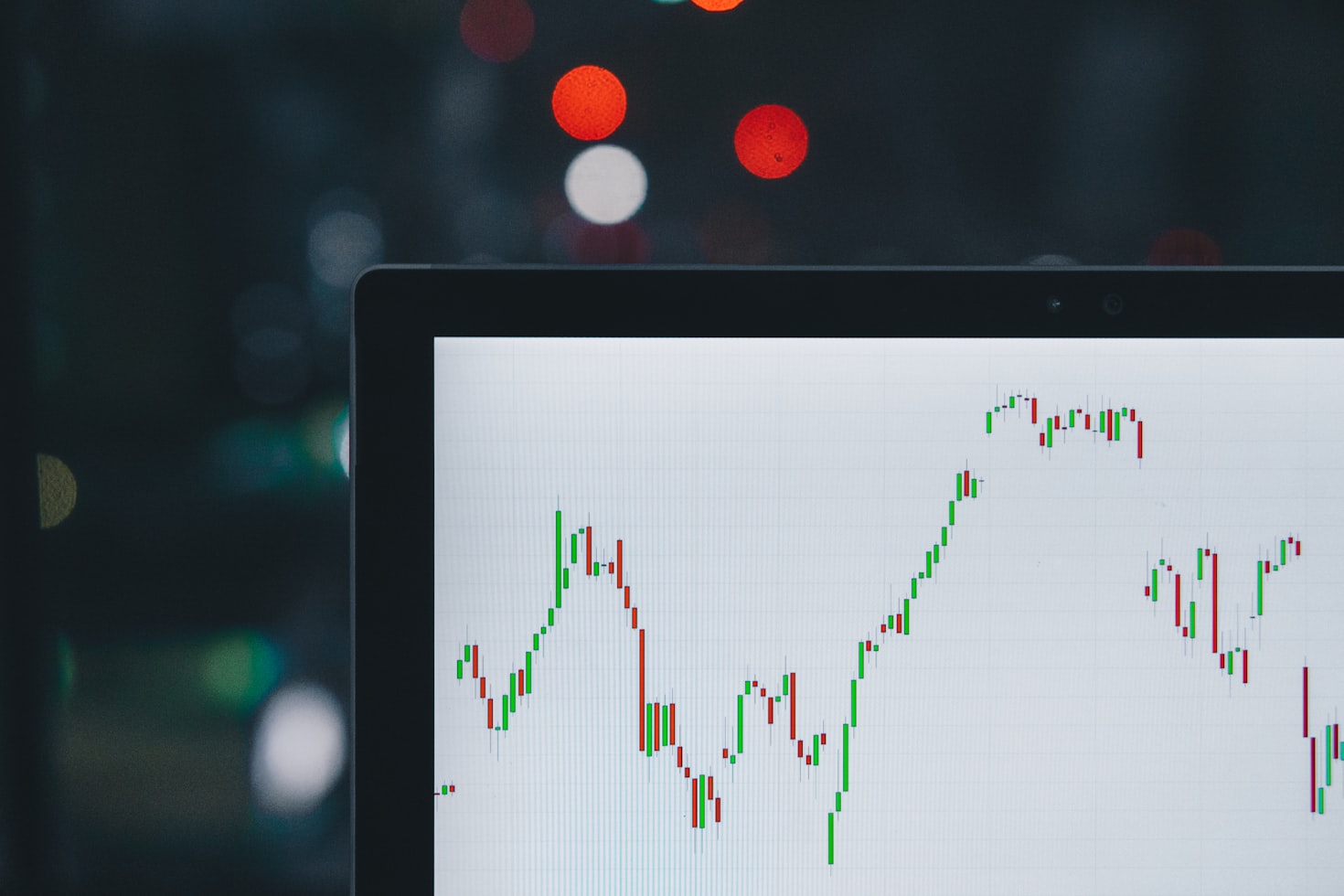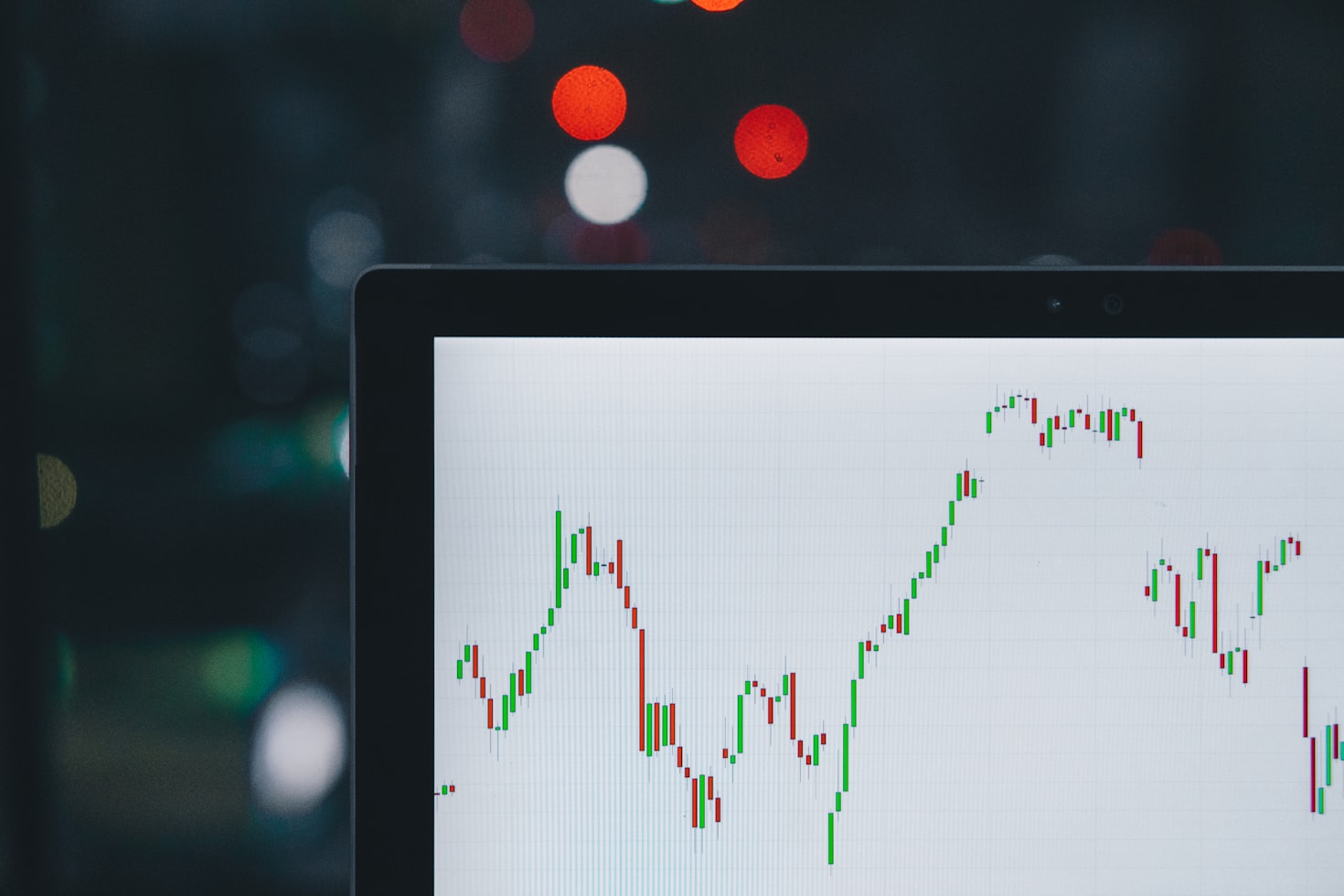The Rise of India’s Forex Reserves: What It Means for Indian Investors

Introduction
The Indian economy has been on a steady growth trajectory in recent years, with the country’s foreign exchange reserves reaching a record high of $658.8 billion. This significant increase of $4.53 billion in a single week is a testament to the country’s robust economic fundamentals and the RBI’s prudent management of foreign exchange reserves. In this blog post, we will delve into the implications of this development for Indian investors and explore what it means for the country’s economic landscape.
The Context: India’s Economic Environment
India’s economy has been growing at a steady rate of around 7% per annum, driven by a combination of factors such as a large and young population, a growing middle class, and a favorable business environment. The country’s GDP has been steadily increasing, and the government has been taking steps to boost economic growth and reduce fiscal deficit. The RBI has also been actively managing foreign exchange reserves to maintain stability in the currency market.
The Impact on Indian Investors
The increase in foreign exchange reserves is a positive development for Indian investors, as it indicates a stronger rupee. A stronger rupee can lead to cheaper imports, higher foreign exchange earnings, and lower inflation. This can benefit urban investors who have foreign currency-denominated assets, such as foreign stocks or bonds. Rural investors, who often rely on remittances from family members working abroad, can also benefit from a stronger rupee.
The RBI’s Role
The RBI has been actively buying dollars to support the rupee and maintain stability in the foreign exchange market. This has led to a buildup of foreign exchange reserves, which can be used to defend the rupee in case of any external shocks. The RBI’s strategy is to maintain a buffer of foreign exchange reserves to ensure that the country can withstand any potential external shocks, such as a global economic downturn or a sudden change in global commodity prices.

Global Comparison
The increase in India’s foreign exchange reserves is not unique to the country. Many emerging markets, such as China and Indonesia, have also seen a rise in their foreign exchange reserves in recent years. This is due to a combination of factors, including a strong global economy, low commodity prices, and a shift in global investment flows towards emerging markets.
Unique Aspects of the Indian Market
India’s foreign exchange market is unique in that it is heavily influenced by global events and trends. The country’s large and young population, as well as its growing middle class, make it an attractive destination for foreign investors. However, the country’s foreign exchange market is also vulnerable to external shocks, such as changes in global commodity prices or a sudden change in global investor sentiment.
Conclusion
The increase in India’s foreign exchange reserves is a positive development for the country’s economy and investors. The RBI’s prudent management of foreign exchange reserves has helped to maintain stability in the currency market, and the country’s robust economic fundamentals have led to a buildup of foreign exchange reserves. Indian investors can benefit from the stronger rupee, which can lead to cheaper imports and higher foreign exchange earnings. However, the country’s foreign exchange market is also vulnerable to external shocks, and investors should remain cautious and diversified in their investment portfolios.
Key Takeaways
<!– IMAGE: A chart comparing India’s foreign exchange reserves with those of other emerging markets, with a caption highlighting the country’s strong economic fundamentals.


